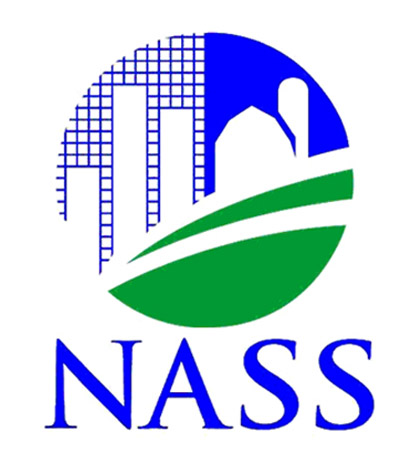The U.S. Department of Agriculture National Agricultural Statistics Service (NASS)-Agricultural Chemical Use Survey collected date about pesticide and fertilizer use from vegetable producers in 2022.

NASS administered the survey among growers in 17 states, and three vegetables were highlighted. These include snap beans, squash and sweet corn.
Nitrogen was the most widely used nutrient for all the three featured crops, measured as percentage of planted acres. There was 71% of acres in snap beans that had nitrogen applied; 78% in squash; and 92% in sweet corn. The average rate was 71 pounds per acre in snap beans; 54 pounds per acre in squash; and 101 pounds per acre in sweet corn. Potash was the second most commonly applied nutrient.
Fertilizer refers to a soil-enriching input that contains at least one plant nutrient, including nitrogen, phosphate and potash.
As far as pesticide use, snap bean farmers applied herbicides to 78% of planted acres; insecticides to 52%; and fungicides to 41%. Squash growers applied fungicides to 69% of planted acres and insecticides to 63% of planted acres. Sweet corn producers applied herbicides to 82% of planted acres; insecticides to 72% and fungicides to 40%.
The growers were also surveyed about the practices they used to manage pests, including weeds, insects and diseases. The most widely used prevention practice (actions used to keep a pest population from infesting a crop) was cleaning equipment after field work. It was utilized on 77% of planted acres.
The top avoidance practice (cultural measures used to mitigate or eliminate the effects of pests) was rotating crops which was used on 82% of planted acres. Scouting for disease was the most widely reported monitoring practice, used on 98% of planted acres. The suppression practice of using pesticides with various mechanisms of action to keep pests from becoming resistant to pesticides was used on 57% of the acres.









